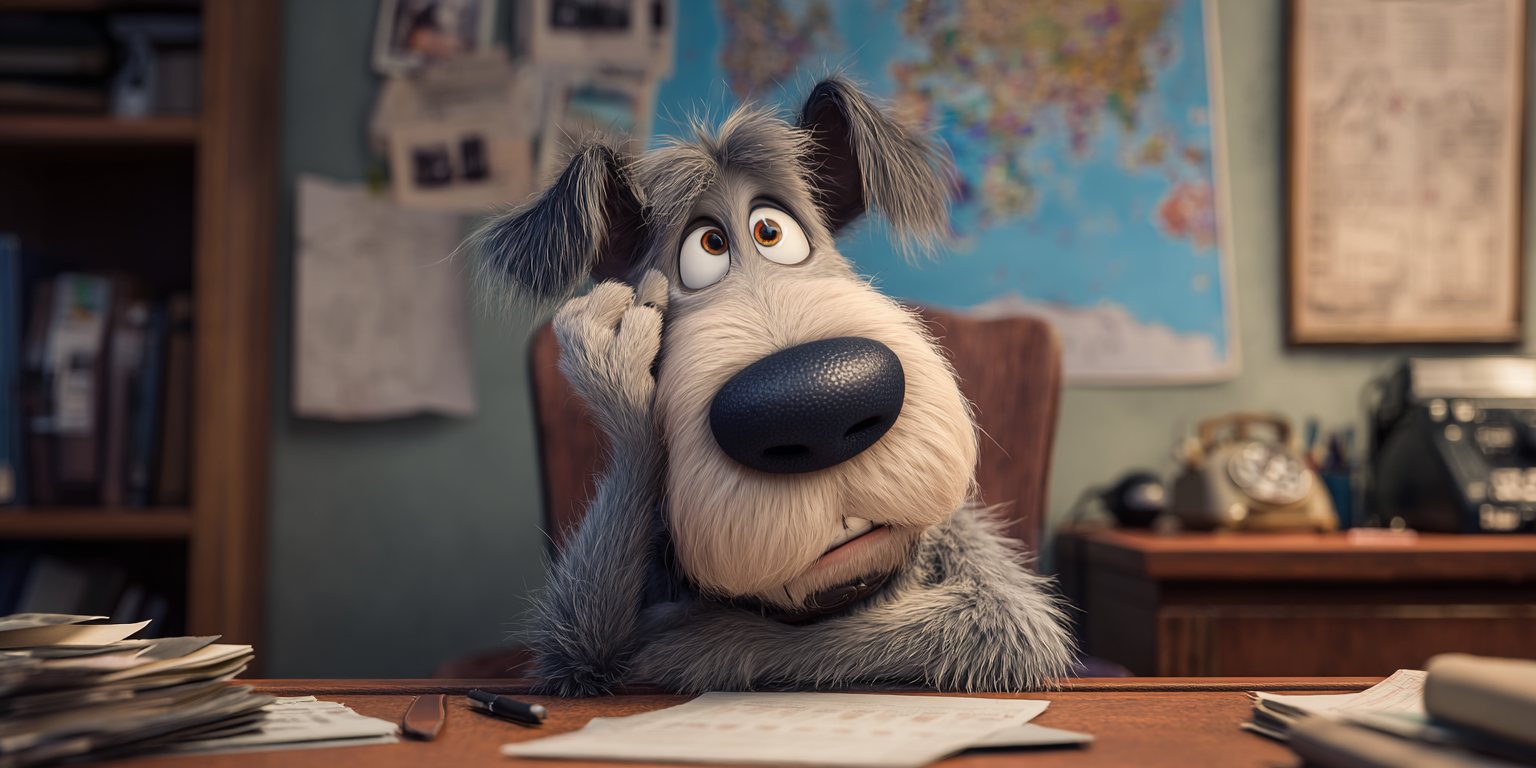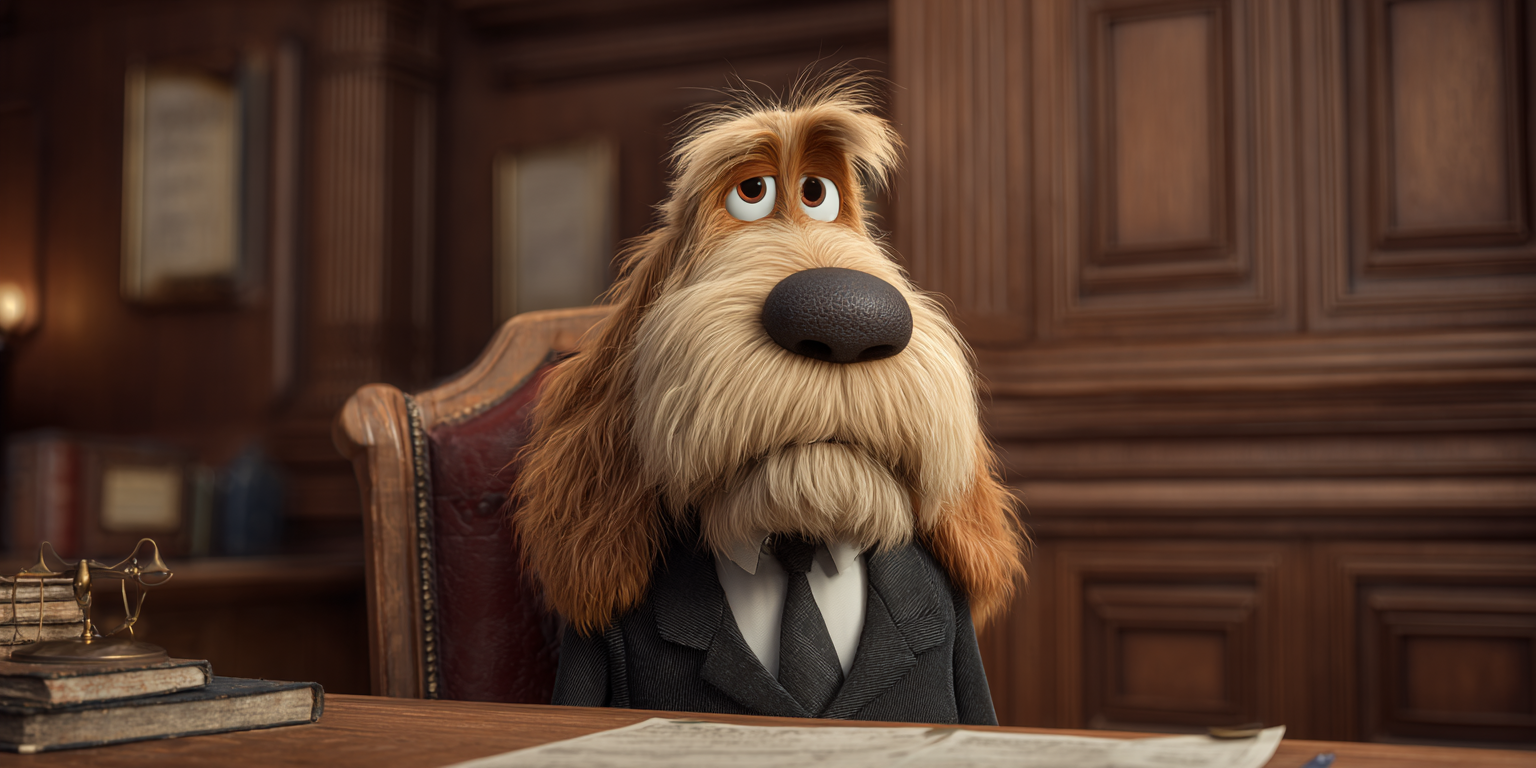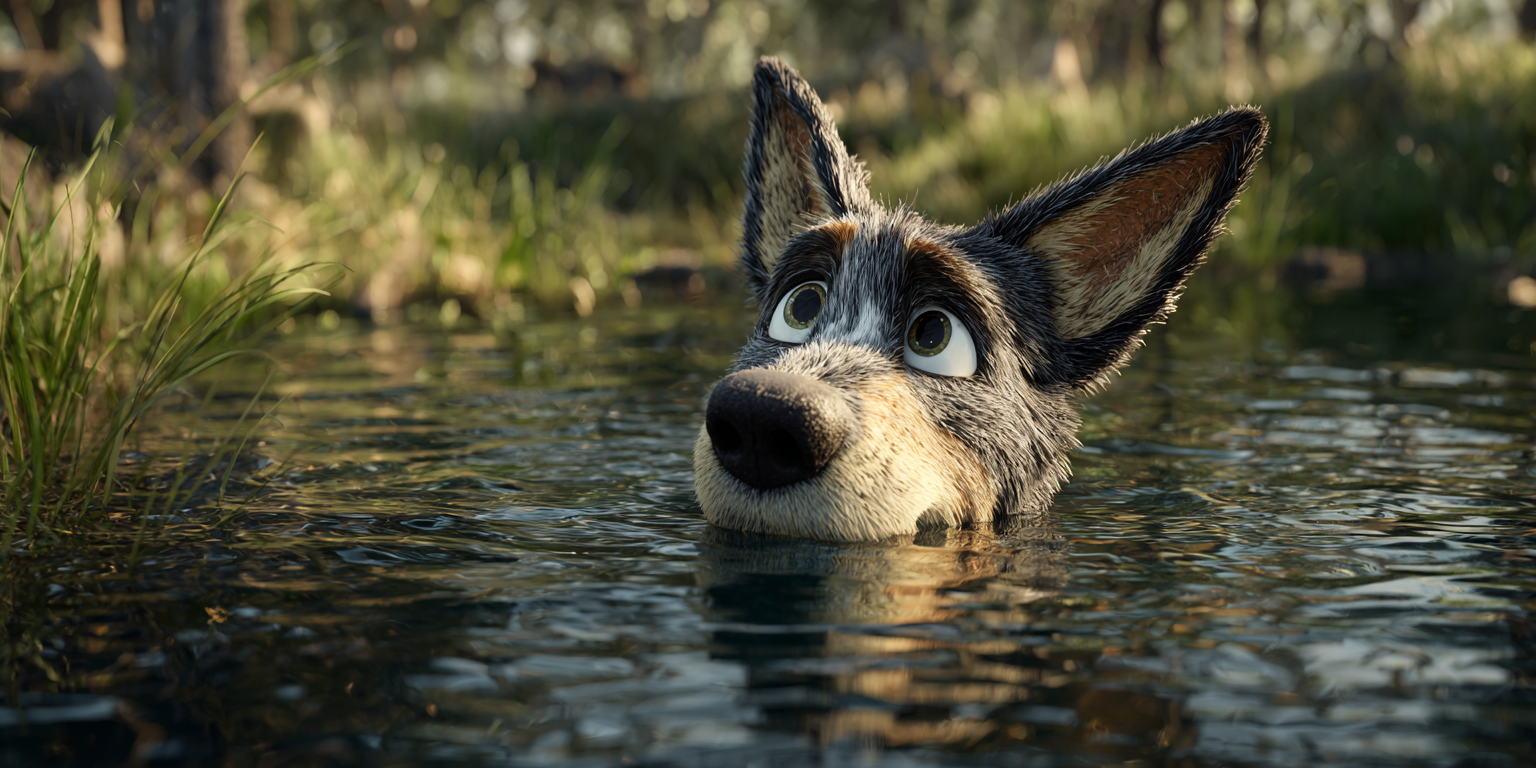What dogs are banned in Australia?
🐕 What Dogs Are Banned in Australia?
A Comprehensive 2025 Guide

Australia is famously pet‑loving, but it also enforces strict breed‑specific legislation (BSL).
Certain dog breeds are banned from importation, breeding, and sometimes ownership across Australia, largely due to public safety concerns and a history of aggression associated with these breeds.
The Main Prohibited Dog Breeds in Australia
Under national (federal) law and state regulations, the following pure‑bred dogs are banned from import into Australia and heavily restricted in ownership:
- American Pit Bull Terrier (commonly called “Pit Bull Terrier”)
- Dogo Argentino
- Fila Brasileiro (Brazilian Mastiff)
- Japanese Tosa (Tosa Inu)
- Perro de Presa Canario (Presa Canario)
- Certain wolf‑dog hybrids such as Czechoslovakian Wolfdog, Saarloos Wolfdog, and similar breeds
Here's a simple summary table:
| Breed | Status in Australia |
|---|---|
| American PitBull Terrier | Importation banned nationwide; strict state permits may exist for pre existing dogs |
| Dogo Argentino | Banned nationwide from import and ownership |
| Fila Brasileiro | Fully restricted - no import or ownership |
| Japanese Tosa | Banned from import and has restricted ownership |
| Perro de PresaCanario | Also banned/restricted across Australia |
| Wolf dog hybrids | Illegal to import (and often to own) under federal law |
These restrictions are enforced by the Customs (Prohibited Imports) Regulations 1956, with support from each state’s dog legislation.
Why These Breeds Are Banned
The banned breeds share some common factors:
- They were historically used in dog fighting or for guarding/aggression.
- They have strong bite force, imposing size, and instances of serious attacks. For instance, Pit Bulls accounted for a high proportion of maulings (over 10% in some stats) Hepper Pet Resources.
- Authorities cite public safety concerns and want to reduce the risk of injuries or fatalities PetCareShedShunCulture.
However, critics argue that banning these breeds ignores owner responsibility, neglect, and socialization issues. The RSPCA has challenged blanket bans, stating that aggression correlates more with training and environment than breed alone.
State‑by‑State: Ownership Rules Across Australia
Australia does not have a single unified breed ban law—each state and territory adds its own regulations for restricted breeds.
New South Wales (NSW)
The NSW government designates as “restricted dogs”:
- American Pit Bull Terrier
- Japanese Tosa
- Dogo Argentino
- Fila Brasileiro
- Perro de Presa Canario
- Any dog whose importation is prohibited federally (e.g. some hybrids) Wikipedia+11Office of Local Government NSW+11PetCareShed+11ShunCulture+10Wikipedia+10Courier Mail+10Wikipedia+1sniffntail.com+1.
Owners must:
- Only keep a dog that was registered before the ban
- Keep it desexed, microchipped, muzzled in public, securely enclosed, display warning signage, and notify council of changes (ownership, escapes, injury incidents) Wikipedia+1ShunCulture+1.
Queensland
Queensland’s recent legislation bans the same five breeds and raises penalties significantly:
- Up to 3 years imprisonment and $108,000 fines if a sale or promotion leads to an attack
- Stricter enforcement if the owner encouraged or allowed the dog to attack News.com.au.
Existing restricted‑breed dogs must comply with permit and containment rules.
Victoria
Similar rules apply: importation banned; existing dogs require permits, registration, enclosures, muzzles, microchipping, spay/neuter, signage, and limited ownership (e.g. max two dogs) gentledogtrainers.com.au+7dazer.com.au+7ShunCulture+7.
Western Australia (WA)
WA lists the same five breeds as restricted. Owners must obtain a permit and adhere to regulations similar to other states: desexing, microchip, conditioned enclosures, no resale, muzzling, etc. Troops must obey both state law and federal import ban dazer.com.au.
South Australia, ACT, Tasmania, NT
All largely mirror the federal list. Dog possession is only allowed with strict controls: muzzles in public, desexing, no transfer of ownership, and secure enclosures Wikipediablog.dogtainers.com.au.

🚫 Are Any Other Dogs Banned?
While the five core breeds are the primary focus, Australia also prohibits certain wolf hybrids and wild‑ancestry crossbreeds:
- Czechoslovakian Wolfdog and Saarloos Wolfdog
- Other wolf‑dog or wolf‑like hybrids
These are banned from import under federal regulators and cannot be legally owned unless arguing pure pedigree under strict rules—very unlikely sniffntail.com+1Petraveller+1sniffntail.com+2blog.dogtainers.com.au+2Wikipedia+2.
Pure‑bred dingoes, the native wild dogs of Australia, are not importable to other states—you can’t bring a dingo into, say, NSW if you are moving interstate.
They are often considered pests or require permits in national parks Wikipedia.
😼 Common FAQs on Banned Dogs in Australia
Q1: Are Staffordshire Bull Terriers banned in Australia?
A: No. They are often confused with Pit Bulls but are
legal across Australia. Many Staffordshire Bull Terriers are affectionate, family‑friendly dogs and are
distinct from the American Pit Bull Terrier
sniffntail.comDogz Online.
Q2: Can you own a banned breed if you already had one before the ban?
In some cases—yes. Existing dogs may be allowed under
grandfather clauses if they were registered before the import ban, and the owner obtains the required permits and complies with all restrictions (enclosures, muzzles, signage)
sniffntail.comPetCareShed.
Q3: What happens if you bring in a banned breed illegally?
Customs authorities will
seize and destroy the dog. Owners may face
criminal penalties and/or fines
dazer.com.au+1Office of Local Government NSW+1.
Q4: Are there breed‑neutral “dangerous dog” laws too?
Yes. Even a dog not on the banned list can be declared
dangerous or menacing under council legislation if it attacks or shows aggressive behaviour. That can lead to similar restrictions or removal orders
PetCareShed.
🐾 Safe, Legal Dog Breeds You Can Own in Australia
If you're planning to bring a dog into Australia or adopt one here, here are popular, family‑friendly, and clearly legal breeds:
- Labrador Retriever
- Golden Retriever
- Border Collie
- Cavalier King Charles Spaniel
- Australian Cattle Dog
- Beagle
- Whippet
- Staffordshire Bull Terrier (not banned) sniffntail.com+1Wikipedia+1.
These breeds appear on high‑volume search keywords like “legal dog breeds Australia”, “safe family dogs Australia” and “non banned dog breeds Australia”.
They’re also widely available through approved breeders and adoption agencies.

Tips for Compliance & Responsible Ownership
- Always check your State or Territory’s government website for the most updated restricted breed list.
- If you already own a restricted breed that’s legal under a grandfather clause, be sure all permits, microchips, desexing, signage, and enclosure requirements are met.
- Never advertise, sell, or transfer a restricted dog without approval—third parties can face prosecution.
- Keep records of council notifications (escape, ownership change).
- If importing, you must declare your dog is not one of the prohibited breeds—document truthfully and avoid crossbred ambiguity.
- Train and socialize your dog properly—owner behaviour is often a greater factor than breed in aggression
😄 Commentary from Grumpy Old Max
“Grumpy Old Max says: ‘Back in my day, you ban a dog only if it ate your slippers—not when it had a fancy pedigree! These Pit Bulls and Tosas... can’t even come by ferry! Ridiculous!’*
They reckon Staffordshire Bull Terriers are safe—but they still look like tiny Hulk‑dogs! I’d muzzled them just for style.’
‘If they let in a wolf‑dog, next thing you know you’ve got lupine housemates howling at the moon. Not that I’d mind—beats the neighbour’s cat.’
The Bigger Debate: Does Breed‑Specific Legislation Work?
Critics argue that BSL is too simplistic: it punishes whole breeds regardless of training, temperament, or context.
Many dog behaviour experts, veterinarians, and animal welfare organizations believe that:
- Owner education and mandatory training would be more effective.
- Incidents often involve owner neglect, not breed tendency Courier Mail.
- Relying on species‑only bans may distract from managing individual dangerous dogs.
On the other hand, legislators say that certain breeds simply pose too great a risk, and bans ensure consistency across states and prevent importation loopholes
Summary: Key “Dogs Banned in Australia” Facts
- The five core prohibited breeds are: American Pit Bull Terrier, Dogo Argentino, Fila Brasileiro, Japanese Tosa, and Perro de Presa Canario.
- Also banned are certain wolf‑dog hybrids.
- Importation is universally prohibited; ownership may be allowed under strict conditions in some states if the dog existed before the ban.
- State laws impose muzzle, enclosure, microchip, desexing and signage obligations. Penalties for non‑compliance include fines, jail time, and mandatory euthanasia.
- Critics argue that BSL is unfair and ineffective, promoting instead training and owner responsibility.
- Legal, family‑friendly alternatives are readily available—Staffordshire Bull Terriers,
Labradors,
Goldens and more.
Final Thoughts
Australia’s restrictions on certain dog breeds stem from a desire to protect public safety—especially in urban and family environments. While robust, these bans are controversial and continuously debated. Some find them necessary; others call for a shift toward owner accountability and individual risk assessments.
In the end, whether you're a prospective dog owner, pet importer, or simply curious, the rule is clear: if you’re considering bringing in or owning one of the banned breeds, it’s essential to check local laws, follow permit requirements, and prioritize responsible ownership.
And if you think Grumpy Old Max would approve, keep the slippers out of trouble and the dogs under control!




